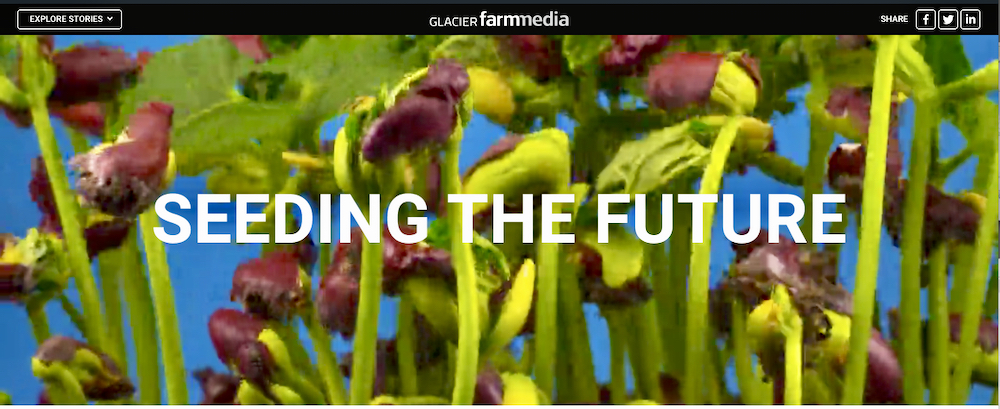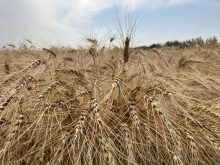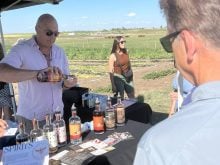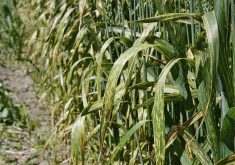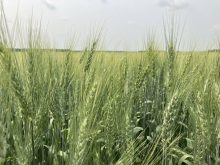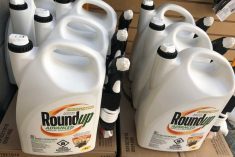Cadmium accumulation in Canadian durum has been a “solved problem” since 2005 — but now genomics have allowed researchers to finally understand why it was a problem in the first place.
“It’s a really elegant story about how both breeding and the fundamental science of why cadmium moves in the durum plant actually came together to provide a solution,” said University of Alberta researcher Neil Harris.
That story begins in the 1990s, when the Codex Alimentarius Commission (which sets international standards for food production) began exploring regulations for cadmium in food products, including grains such as durum wheat and rice.
Read Also
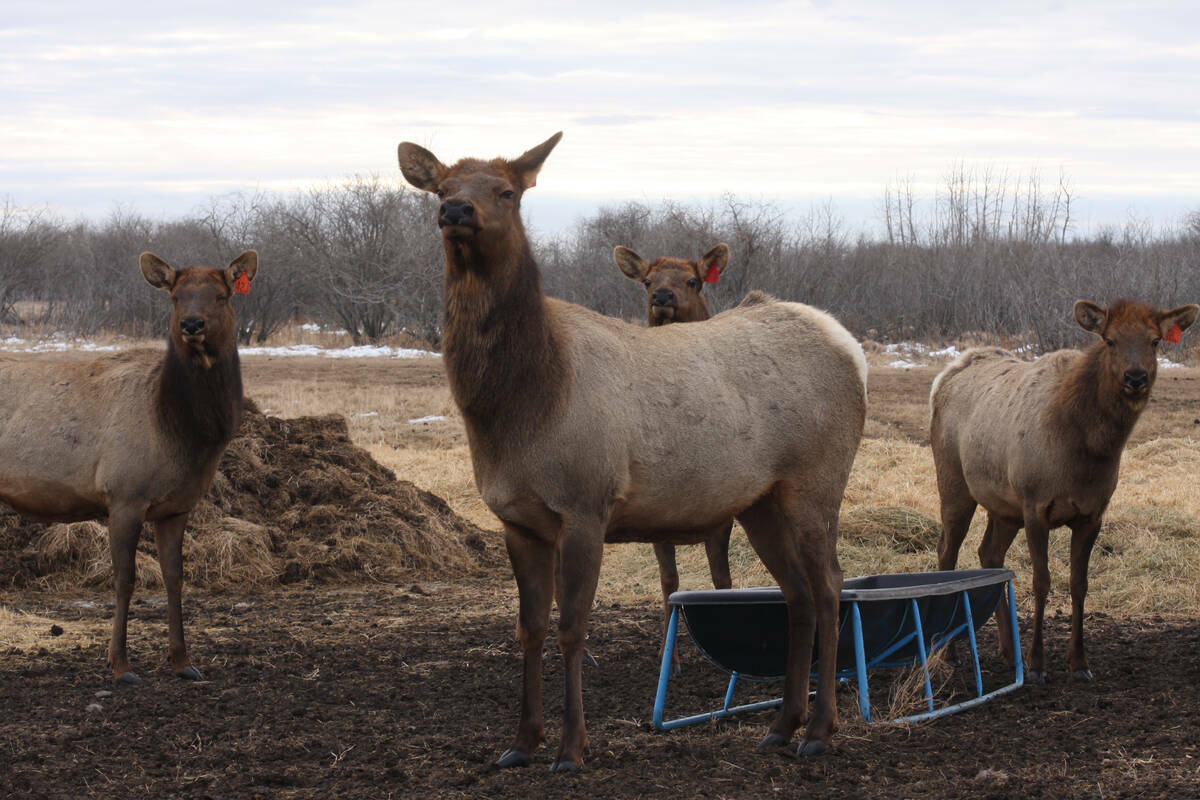
Cervid harvest preserves to be developed in the province under Bill 10
The Government of Alberta has given approval for creation of cervid harvest preserves.
Cadmium is a natural contaminant in the soil that can accumulate in plant tissues — and as a toxin in the human body if people eat foods with high levels of it.
Compared to food such as rice, sunflower seeds, and spinach, durum doesn’t actually have particularly high levels of cadmium — rice, for example, can have twice as much. But both are staple foods eaten in large quantities, so they pose the most risk to humans.
The Canadian durum varieties widely grown in the 1990s had high enough levels of cadmium that they would have exceeded limits being proposed at the time.
“There was a lot of concern amongst the durum wheat industry about the possibility of blockage of our exports of Canadian durum wheat,” said Harris.
So Agriculture and Agri-Food Canada scientists did a survey of cadmium levels and found a surprisingly big range in common varieties. Further study traced the variation back to the germplasm used for breeding.
“This really opened up two questions: Can we use that material to breed for low-cadmium durum wheat varieties? And can we understand why some varieties have high levels of cadmium while others are low?” said Harris.
The breeding question turned out to be easy to answer.
“The heritability — or the ease at which we can breed this low-cadmium trait into varieties with desirable agronomic traits — actually proved to be quite straightforward,” said Harris. “It appeared to be connected to a single gene that was easy to breed with.
“So they set about breeding for low-cadmium durum wheat, and they brought about success relatively quickly.”
By 2005, nearly all Canadian durum varieties had been converted to low-cadmium lines, and low-cadmium accumulation is now mandatory criteria for registering new varieties.
“So in effect, cadmium accumulation in Canadian durum wheat varieties is actually a solved problem,” said Harris. “Our breeding programs have eliminated the high-cadmium trait, and all of the varieties coming out of our breeding programs are now low-cadmium lines. They’ve removed the risk of possible export restrictions based on cadmium levels in grain.
“So it proved to be quite an easy problem to solve.”
Answering the ‘why’
But figuring out why some varieties were high in cadmium while others weren’t took a lot longer.
In the early 2000s, researchers began looking at the mechanism by which cadmium moves in plants.
“We established that the main difference between the high-cadmium varieties and the low-cadmium varieties was that the low-cadmium varieties tend to accumulate a lot more cadmium in their roots and not transport it up the shoot to the grain,” said Harris.
“So therefore, you get low-cadmium grain.”
However, that was only a partial answer. It was with the release of the durum wheat genome in 2019, that researchers could connect with transport mechanism with the gene responsible for causing cadmium to accumulate in the grain.
“As it turns out, the high-cadmium varieties have a mutation in one of the genes that causes cadmium to be held in the grain,” said Harris. “When the mutation is present, the roots don’t hold the cadmium. It passes into the shoots and the grain.”
Using genetic markers, breeders can now easily screen germplasm for this defective gene.
“So when we screened all the available germplasm in Canada using this marker for this defective gene — HMA3 — those with high levels of cadmium in the grain had the defective gene, and those with low levels of cadmium in the grain had the functional gene,” said Harris.
“Essentially, it provided a marker that would allow breeders to rapidly screen their germplasm.”
And that’s a very handy tool when trying to breed the varieties of tomorrow.
“By adding a genetic marker for those traits, these can be screened as seedlings, enabling a much quicker breeding process,” said Harris.
“And not only did we find a way of screening for low cadmium in Canada, we also provided the means for screening low cadmium in all durum wheat germplasm worldwide.”
As a result, the amount of cadmium in durum grain being exported by Canada is half of what it was in the 1990s — and well below the limits set for cadmium contamination.
“It’s a solved problem because there are no longer high-cadmium varieties in Canadian durum wheat breeding, and all the modern cultivars that have been released are all low cadmium,” said Harris.
“It worked out really nicely, although it did take quite a long time.”
Cracking the Code
Genomics is changing farming in a host of different ways. Glacier FarmMedia journalists did several stories on genomics, designer genes and other genetic breakthroughs as part of the ‘Seeding the Future‘ multimedia project. They can be found at gfmdigital.com or by clicking the ‘Seeding the Future‘ image below.


